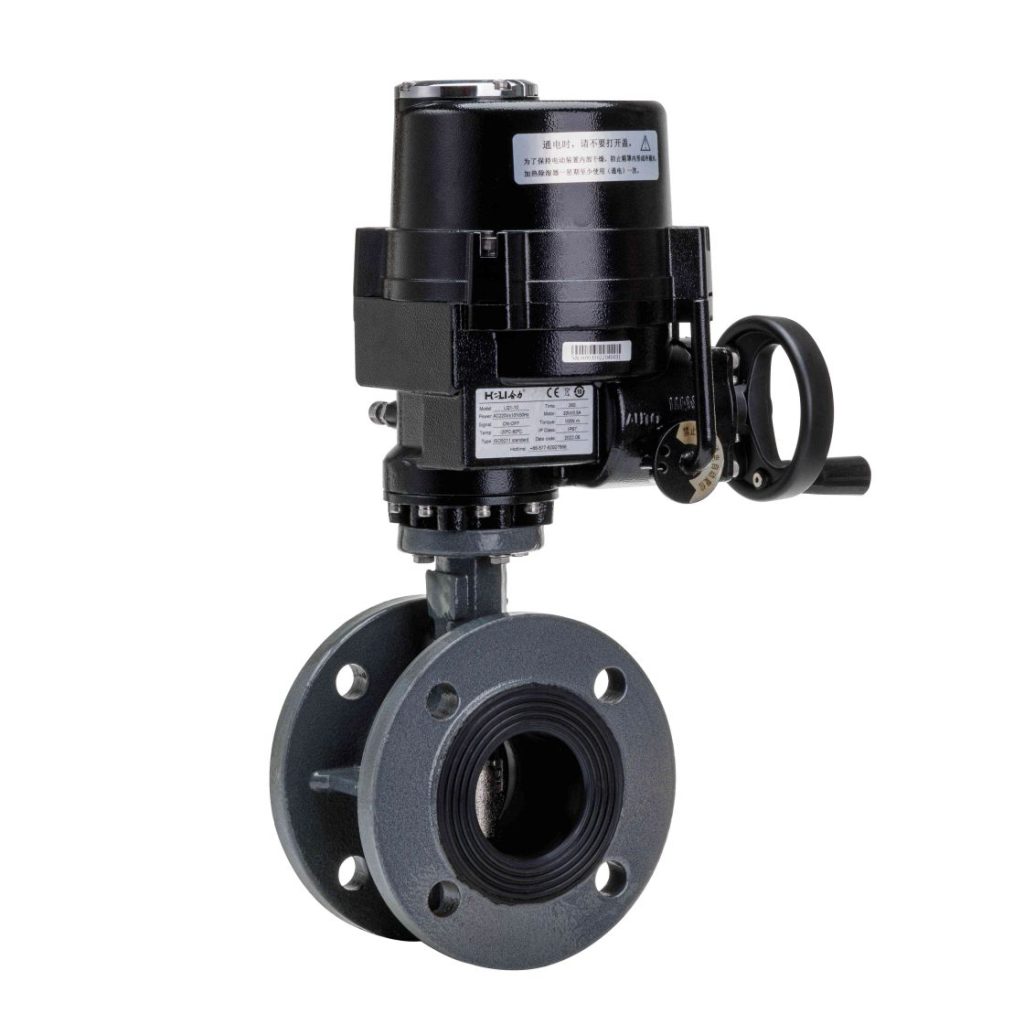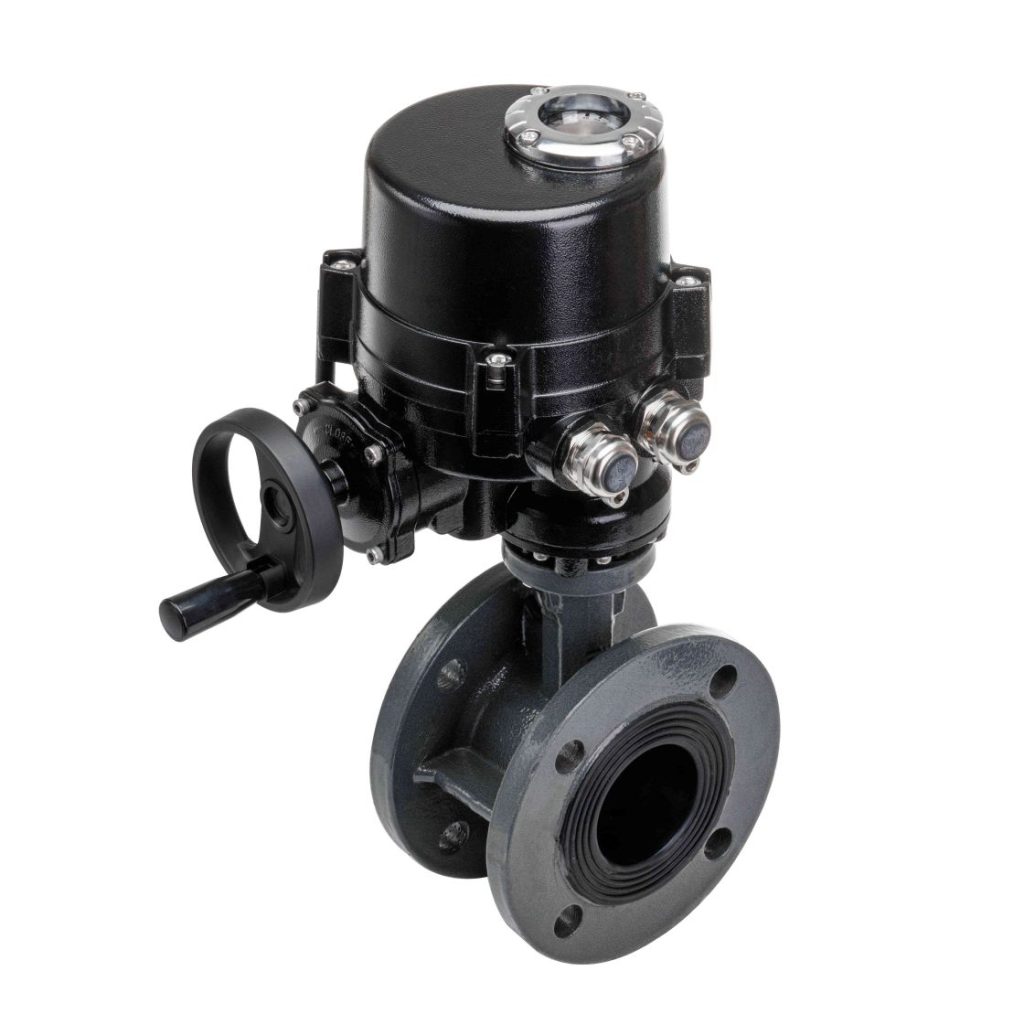The WCB Electric Ball Valve is an essential component in modern fluid control systems, widely used across industries such as petrochemicals, water treatment, and power plants. Known for its durability, efficiency, and ease of integration, the WCB Electric Ball Valve provides automated flow control that minimizes human intervention and enhances operational efficiency. This article explores the features, advantages, and applications of WCB Electric Ball Valves, providing insight into why they are a preferred choice for fluid regulation in various sectors.

What is a WCB Electric Ball Valve?

A WCB Electric Ball Valve combines a ball valve mechanism with an electric actuator, allowing for remote or automated control of fluid flow in a piping system. The “WCB” refers to the valve body material, which is carbon steel, a popular and robust choice for handling various fluids under normal to moderate conditions. The electric actuator is the key component that differentiates this type of valve from manual or pneumatic valves, providing precise control based on electrical signals. The ball valve itself consists of a hollow, perforated ball that rotates to control the flow of fluids. When the valve is fully open, the ball’s hole aligns with the pipe, allowing for smooth flow. When the valve is closed, the ball rotates to block the flow completely, providing an effective shut-off mechanism. The electric actuator can adjust the ball’s position to precisely control the flow rate, pressure, or temperature in the system.
